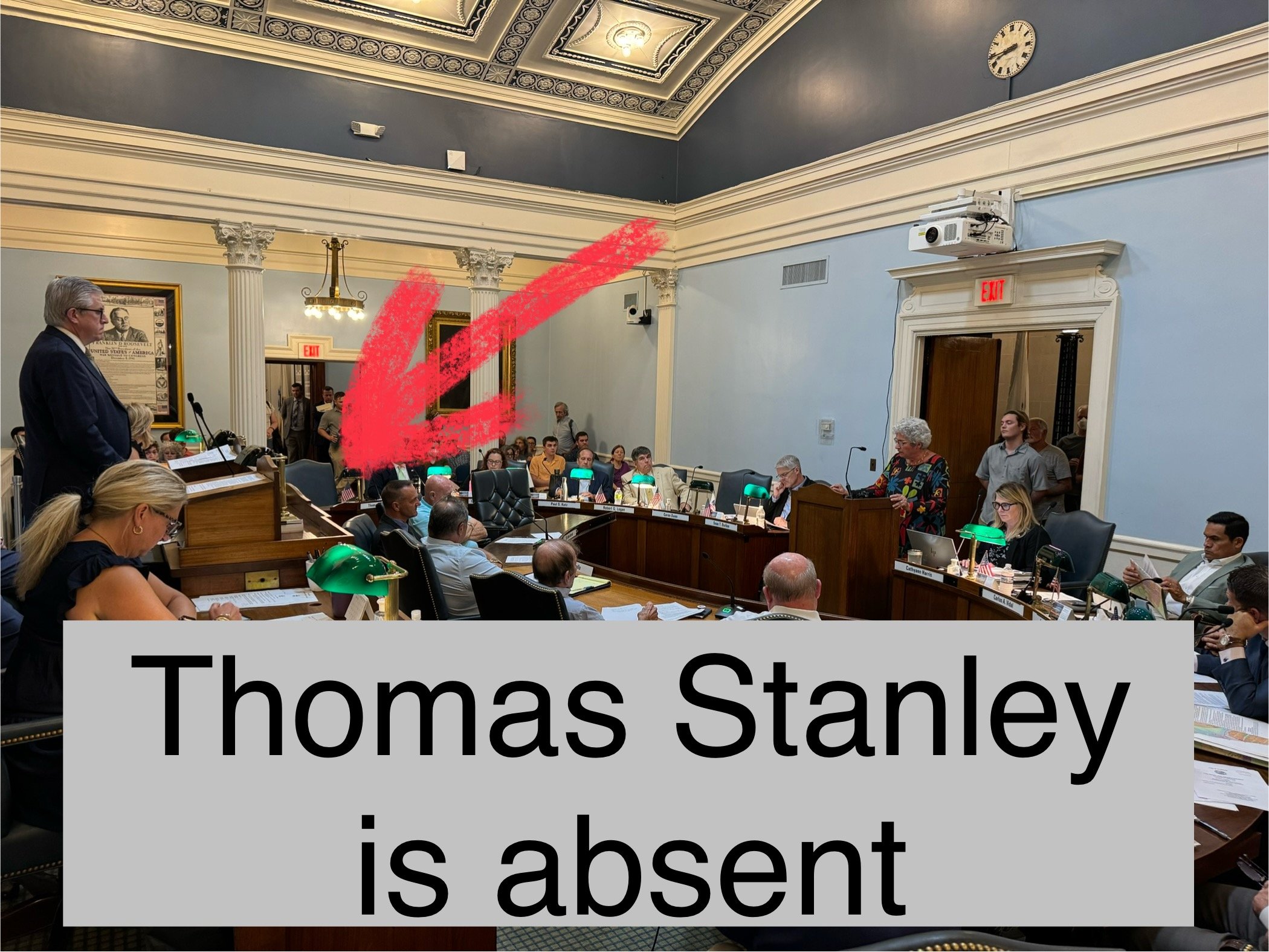Waltham MBTA Communities Act Hearing
This past week included more door knocking in the evening after work, and yesterday I stopped by the Waltham Farmers Market for a couple hours to introduce myself to voters enjoying a sunny day with some live music (and plenty of produce and tasty prepared foods).
Public Hearing on August 5th
Earlier last week, I attended a public hearing in City Hall about the city’s proposal to comply with the MBTA Communities Act in Waltham by creating 2 multi-family housing overlay districts (one near Waverley Square and one near the Brandeis/Roberts station).
Aside from the very curious observation that Councillor Tom Stanley was one of the few members not in attendance (and yes, “Councillor” and “Representative” Stanley are the same person) for the hearing, I found the whole session to be very informative. Despite having been part of the legislative body that passed the MBTA Communities Act (and deciding to hold 2 elected offices at the same time), Councillor Stanley did not take the time to hear public comments on the act.
Representative — I mean, Councillor Stanley failed to attend the public hearing.
Many constituents made thoughtful points about the need to build more housing, have more affordable housing, include accessibility into housing needs and city planning. Residents raised concerns both “in favor” or “in opposition” of the city’s proposal, and some questioned the state legislature’s motives for passing the bill in the first place as a “Boston” law that doesn’t consider the needs of surrounding communities like Waltham.
Then, in an odd sequence of events — after the public comments were provided — the city’s attorneys presented the details of the full plan including sharing the maps of the overlay districts themselves. (It seems like this detail should have been provided to the public first, so as to inform the comment process.) The full maps showed the overlay districts near Brandeis University and covering the large parcel near the Beaver Brook Reservation that is currently home to the office park that hosts Mighty Squirrel Brewery and the City Streets restaurant.
Based on the map, it is pretty clear that Waltham will be able to meet the letter of the law without any actual obligation (or reasonable expectation) of incremental housing (at least at any point in the next several decades), which aligns with my original assessment that the MBTA Communities Act is so poorly written as to be both meaningless and a huge distraction to actually addressing affordable housing in Waltham (or anywhere else).
Finally, when the city councillors were providing commentary, they also made several interesting points about how Waltham (relative to other adjacent municipalities) were having more severe and strict obligations under the MBTA Communities Act. Since the city had previously done more than other communities to encourage housing prior to the act being passed (and as a result already had much greater density than — for example neighboring Weston, which has 3 commuter rail stations compared to Waltham’s 2 stations), Waltham now has an obligation to create more opportunities for housing without any enhanced MBTA services to the city (such as the 73T bus route extension or perhaps a new Commuter Rail stop at the Beaver St crossing). Several councillors also pointed out that as a flaw (or feature?) of the act, there are no requirements or allowances for affordable units in the new multi-family zoning overlay district.

